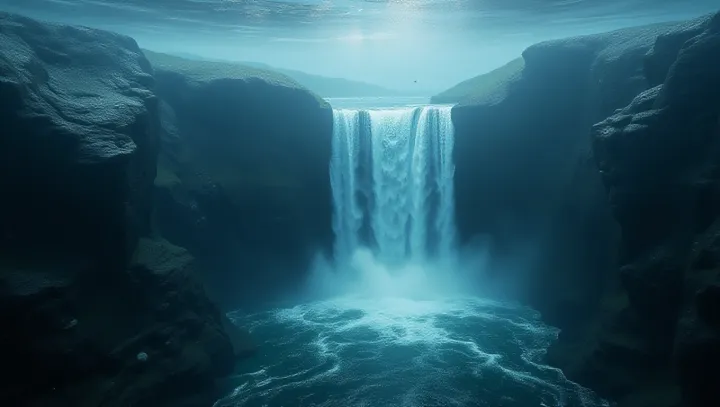Discovering Earth's Largest Hidden Waterfall

Amidst the turbulent currents of the North Atlantic Ocean, a colossal natural phenomenon quietly unfolds, unseen by terrestrial eyes. Known as the Denmark Strait cataract, this underwater waterfall dwarfs any on the Earth's surface. Situated between the frigid waters of Greenland and the milder seas of Iceland, it defies common perceptions of what waterfalls are.
Unlike its more famous terrestrial counterparts such as Niagara or Victoria Falls, the Denmark Strait waterfall cannot be seen cascading over rocky cliffs. However, its significance is unparalleled. The waterfall is formed due to the difference in water temperatures, with colder, denser water from the Arctic descending beneath the warmer, lighter Atlantic waters.
This cascade measures a staggering 11,500 feet, far surpassing the height of any land-based waterfall. This natural marvel highlights the intricate dynamics of oceanic systems, offering scientists a rare glimpse into the mechanisms of deep-sea circulation. According to marine expert Dr.
Oswald Johnson from the Oceanographic Institute, understanding the flow of these underwater waterfalls is crucial. 'These underwater processes are vital for global thermohaline circulation, affecting climate and marine life,' he states, emphasizing the importance of such discoveries in unraveling Earth's climatic complexities.
